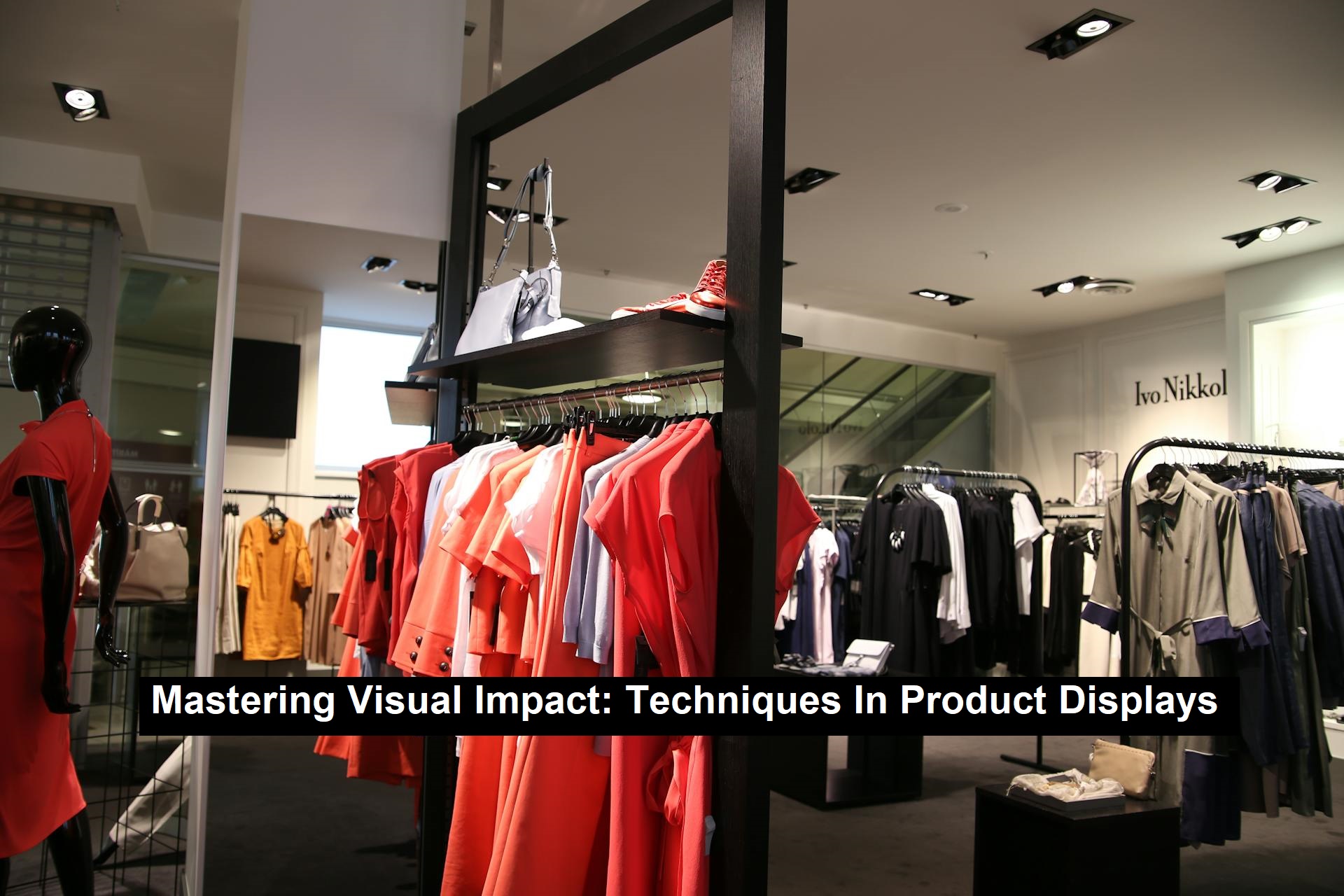Mastering Visual Impact: Techniques In Product Displays
In the dynamic world of retail, the presentation of products can significantly influence customer behavior and drive sales. Visual merchandising leverages the science of sight to create appealing and memorable shopping experiences. This involves strategic use of lighting, color, and design to enhance product visibility and attractiveness.
Lighting is a powerful tool in visual merchandising. It not only illuminates products but also sets the mood and tone of the shopping environment. Different types of lighting, such as ambient, task, and accent lighting, create various effects. Ambient lighting provides general illumination, ensuring the store is well-lit and comfortable. Task lighting focuses on specific areas like checkout counters and fitting rooms, enhancing visibility for detailed tasks. Accent lighting highlights particular products or displays, drawing customers’ attention and creating focal points within the store. Programmable lighting adds another layer of sophistication, allowing retailers to set schedules and control lighting conditions to match different times of the day or specific events, further enhancing the shopping experience.
In addition to lighting, glorifier displays play a crucial role in visual merchandising. These displays are designed to elevate products and highlight their features through specialized structures and lighting techniques. By using custom shapes, illuminated bases, and dynamic lighting, glorifier displays create focal points that draw customers’ eyes directly to the products. This method enhances the product’s presentation, making it stand out in a crowded retail environment.
Read: 5 Entrepreneurship Tools Worth Every Cent
Color theory is also vital in visual merchandising. Colors can evoke emotions and influence customer behavior. Warm colors like red and orange create a sense of urgency and excitement, making them ideal for sale and clearance sections. Cool colors like blue and green have a calming effect and are often used in stores selling health and wellness products. The strategic use of color helps create a cohesive and inviting shopping environment, encouraging customers to spend more time exploring the store.
The layout and organization of displays guide customers through the store. Effective visual merchandising uses design principles such as balance, contrast, and white space to create visually appealing and easy-to-navigate displays. Balance can be achieved through symmetrical or asymmetrical arrangements, while contrast is created using different colors, shapes, and textures. White space helps reduce clutter and draw attention to key products.
Interactive and engaging displays enhance the customer experience. Incorporating interactive elements, like touchscreens or product samples, allows customers to engage directly with products, increasing the likelihood of purchase by fostering a sense of ownership and connection.
Visual merchandising combines design, psychology, and marketing to create compelling and effective product displays. By understanding and utilizing the science of sight, retailers can create environments that attract customers, encourage exploration, and ultimately drive sales.
The Science Of Sight: Visuals Used In Product Displays was contributed by SEG Systems, a creator of displays for retail
For more information on visuals used in product displays, please see the accompanying resource.
